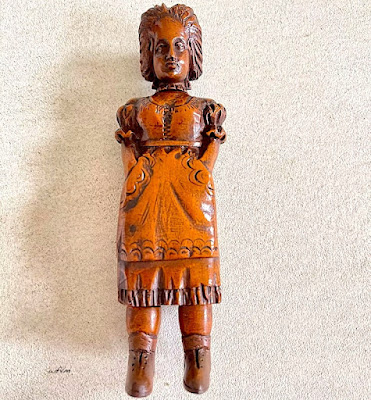There are hazards to visiting Italy and setting your heart on seeing particular treasures as I have discovered over the course of many, many, visits.
***********************
The city of Lecce 'Florence of the South'
I was comfortable with the buildings in Lecce - they had a familiarity to them being made of a similar honey coloured limestone that surrounds me back home in the Cotswolds
Many of the balconies in Lecce are held up by a variety of wonderful cavorting beasts - horses, lions, and mythical creatures or as in this case sheep.
It is early afternoon and the Duomo along with the Bell Tower are now shut, fortunately we visited the inside during the morning. What we found extraordinary was that we were able to stand in the sunshine and admire this building and have it completely to ourselves. Carved by Giuseppe Zimbalo, architect and sculptor he was known as 'Lo Zingarello' (little gypsy). He earned the Baroque city of Lecce the title of 'Barocco leccese' which flourished under his guidance during the mid c17th
Bell Tower
From far below the Bell Tower I could just make out a ceramic tiled roof which I endeavoured to capture. When I put the photo into the computer I was very surprised to spot the bronze figure of St. Oronzo which was not visible from the ground. He is holding an orb and cross, the symbol of Christian authority from the Middle Ages. St. Oronzo was appointed to be the Bishop of Lecce by St. Paul in AD57 and some of you may remember that we encountered him previously in the little white hilltop town of Ostuni.
Bizzarely, in one of these Seminary buildings, castrato singers were once supplied to the Vatican! A practice that fortunately ceased towards the end of the c18th.
Here is St. Oronzo once again dominating the centre of Lecce - he keeps on popping up all over southern Italy. The column he stands on is from antiquity and once marked the end of the Appian Way - one of the earliest and strategically most important Roman roads of the ancient republic which ran all the way from Rome to nearby Brindisi. The people of Brindisi presented this column to the city of Lecce.
In the Piazza of St. Oronzo is a first century Roman theatre which was discovered in the 1930s. Hidden beneath the main city streets, it was found to be virtually intact complete with orchestra and seats
 Down narrow alleyways
Down narrow alleywaysand through arcaded passages
we arrive at Lo Zingarello's crowning glory - the basillica of Santa Croce
with its exuberant Baroque rose window
and elaborate exterior covered in many hidden messages and symbols. The caryatid above represents a turbaned warrior from Assia Minor, now Turkey. It is giving out a message regarding the feelings of the people of Lecce towards their invaders. This warrior is now destined to hold up their basilica forever!
Inside the exuberance continues, but I didn't feel that it was too much - I liked it
In Lecce, unlike northern Italian cities, when the clock strikes one until 4 o'clock you can enjoy the whole place virtually to yourselves.


































